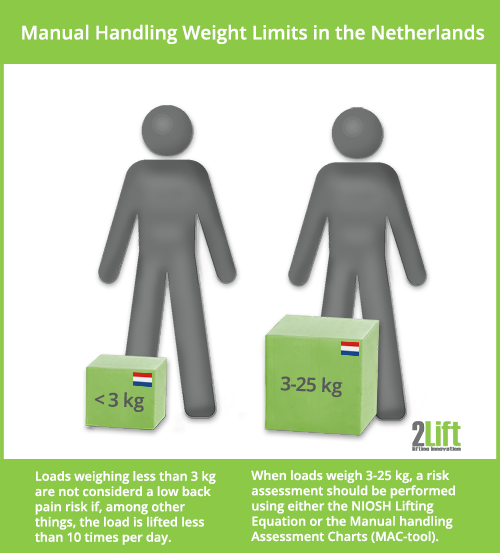


HSE has developed tools to help employers analyse lifting, carrying and team handling (the MAC tool), repetitive upper limb tasks (the ART tool) and pushing and pulling (the RAPP tool). Where this is not reasonably practicable then explore changes to the task, the load and the working environment Where possible, provide mechanical assistance, for example, a sack trolley or hoist. reduce the risk of injury from those operations so far as is reasonably practicable.make a suitable and sufficient assessment of the risk of injury from any hazardous manual handling operations that cannot be avoided.

avoid hazardous manual handling operations so far as is reasonably practicable, by redesigning the task to avoid moving the load or by automating or mechanising the process.The Manual Handling Operations Regulations (Northern Ireland) 1992 requires employers to manage the risks to their employees. There is evidence that, as well as manual handling, heavy manual labour, awkward postures and a recent or existing injury are all risk factors in the development of MSDs. Recent statistics taken from the Labour Force Survey (LFS) suggest some 13,000 cases of work-related MSDs in Northern Ireland. The term ‘musculoskeletal disorders’ covers any injury, damage or disorder of the joints or other tissues in the upper/lower limbs or the back. Manual handling injuries are part of a wider group of musculoskeletal disorders (MSDs).


 0 kommentar(er)
0 kommentar(er)
